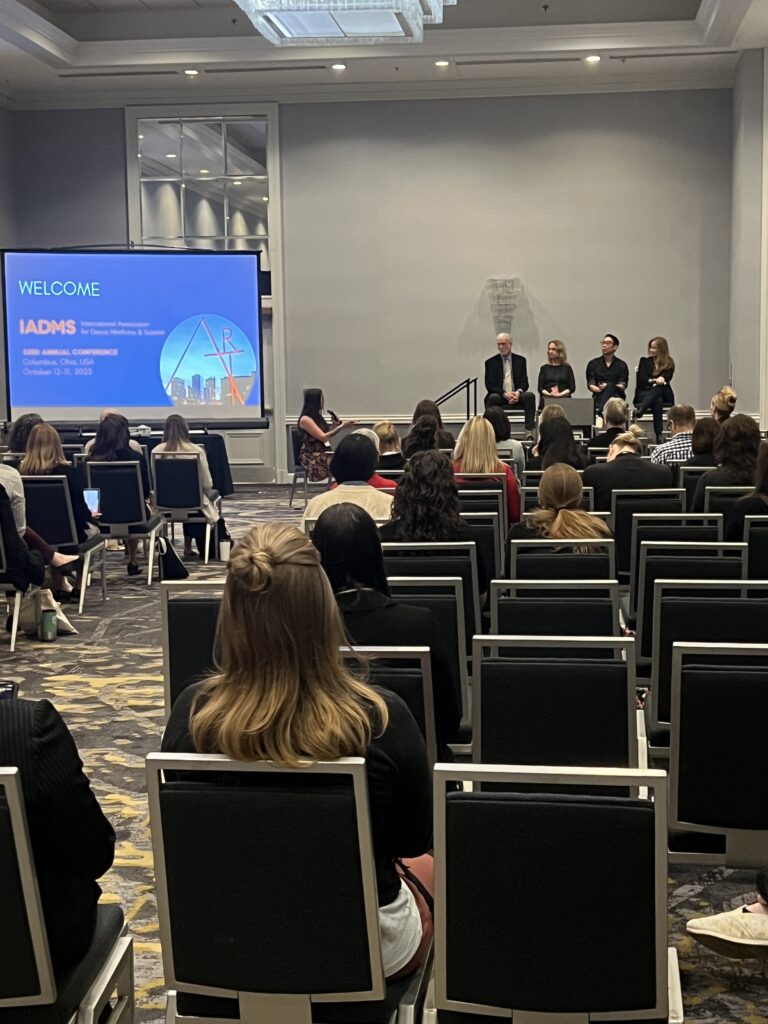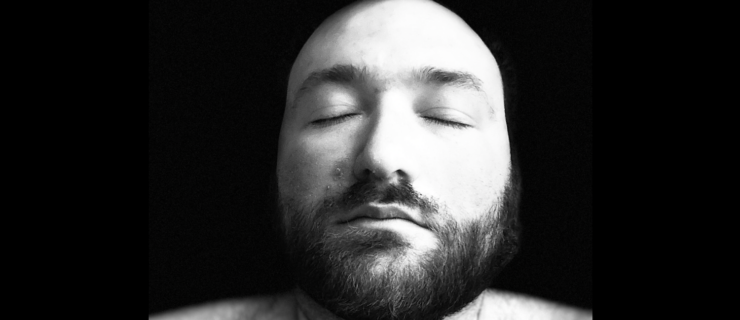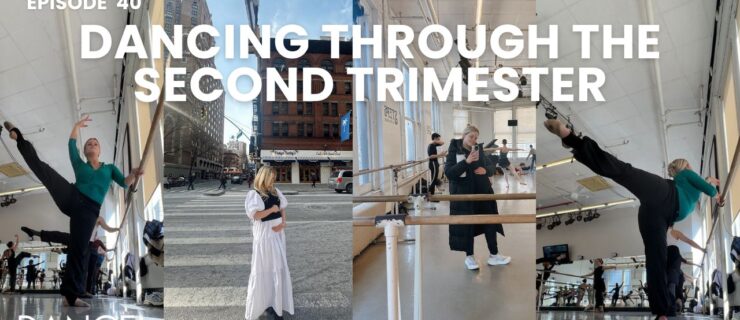Experts Speak Out on Improving Dancer Safety at IADMS’ Conference
Every year, more than 500 medical practitioners and scientists dedicated to the support and care of dancers gather for the International Association of Dance Medicine & Science conference. As part of this year’s event held in Columbus, Ohio, Dance Media and Harlequin Floors sponsored a panel discussion with world-renowned experts on the biggest concerns they see regarding dancers’ physical health. The interdisciplinary panel was facilitated by Dance Magazine contributing writer Kathleen McGuire. Here are some of the biggest takeaways from the session.
The Panel
- Gayanne Grossman: Physical therapist, adjunct faculty at the Peabody Institute of The Johns Hopkins University and Muhlenberg College, and author of Dance Science: Anatomy, Movement Analysis, Conditioning
- Edwaard Liang: Artistic director of BalletMet and The Washington Ballet
- Jennifer Milner: Dallas-based ballet teacher, coach, and Pilates instructor
- Dr. Jeff Russell: Associate professor of athletic training and researcher at Ohio University’s Clinic for Science and Health in Artistic Performance
On the Perfect Floor
Consistency is key when it comes to safety with flooring. According to Russell, a dancer’s body will be best conditioned to the floor they are used to practicing on. “So many overuse injuries come from a change in the parameter [of the floor],” he said.
One of the primary concerns the panel shared was that the floor dancers rehearse and train on should, ideally, be the same as the floor that they perform on. The change in flooring for performance can be especially challenging on the physical well-being of dancers who are touring frequently and are met with a new surface to dance on in each city.
Overall, reducing force is good for the physical safety of dancers, so a sprung floor can help to decrease the chance of injury. But the right amount of spring in the floor is a science—more is not necessarily better. Liang recalled the many iterations of flooring he experienced during his time dancing with New York City Ballet, and how some floors were too sprung, resulting in injuries such as shin splints or metatarsal breaks. More recently at BalletMet, he shared how the company spent time trying to understand the type of cushion and spring that would best benefit their dancers. “It’s a recipe that is really important.”
On Creating Trust and Efficiency in Medical Care

Medical professionals working with dancers are aware that their clients bring their lived experiences with them. That may include interactions with medical professionals who don’t understand dance and the demands of the art form. It may also include a fear of acknowledging their injury and the severity of it. Russell expressed the need to create safe places for dancers so that they will have willingness to disclose injury without fear of retribution.
Grossman added that communication between dance leadership and medical staff is imperative. “Plan in advance for what you’re going to be doing,” she advised. If you have the benefit of having medical staff as part of your company or school, the medical team can strategize how to best care for dancers through particularly strenuous times and help with injury prevention.
On Preparing for Safe Performances
Milner pointed out that dancers are typically overworked in the studio but undertrained in strength and conditioning that would benefit their performance. “What do we need to add and what do we need to take away?” she asked. When ramping up to perform, dancers tend to get less time for rest and recovery.
Liang echoed these concerns, mentioning that dancers’ workloads typically double during tech week. He tries to support them by aiming to rehearse in shorter blocks of time and scheduling costume runs prior to tech week, so there is one less factor they must adapt to when things are ramping up.
On the Importance of Supporting Mental Health for Physical Performance
“One of the themes that runs throughout my work with dancers is trying to give them autonomy,” said Milner, who gave the example of artists being able to communicate the need to mark a lift during rehearsal instead of running the choreography again full-out—a practice which would decrease injury. She would love to see a world where dancers are given more of the autonomy provided to professionals in other spheres.
In dance training, oftentimes artists are not taught how to communicate. “Until dancers have autonomy to really speak their minds,” said Liang, “they are not going to be versed in how to grow as an adult and communicate.”
The experience of being injured can also have dramatic effects on the mental health of dancers. “When I got injured, I felt like a broken bird,” recalled Liang. “It’s not even about a job; it’s about personal identity, that right now I’m not ‘me.’ ”
On Changing the Culture Around Injury in Dance
Grossman pointed out that the arts are massively underfunded, especially in the U.S. “Dancers don’t want to give up these slots because they’re incredibly hard to get,” she said. And that can include admitting to being injured. “Injuries have to be taken care of properly so that they can get better faster.” And while Grossman sees the culture of stigma around injuries improving, there is still a long way to go.
For Russell, changing the culture means a deeper investment in dancer well-being on the part of artistic leadership and the medical professionals who support them. “You have to, on a daily basis, demonstrate that you care about the dancers,” he said, noting that a culture of empathy and compassion can’t be developed in a one-time company meeting.
“It’s a huge responsibility when you have dancers that are game for everything and anything,” said Liang. “You have to balance that in how you serve them and how you serve their mind and body.”
As a longtime partner and major patron of IADMS, Harlequin Floors continues to prioritize safety for dancers of all genres. A global leader in advanced flooring technologies, Harlequin works closely with the dance community and industry to research and develop a variety of world-class floors for training and performance. Click here for more information on choosing the right floor for your specific dance needs.




